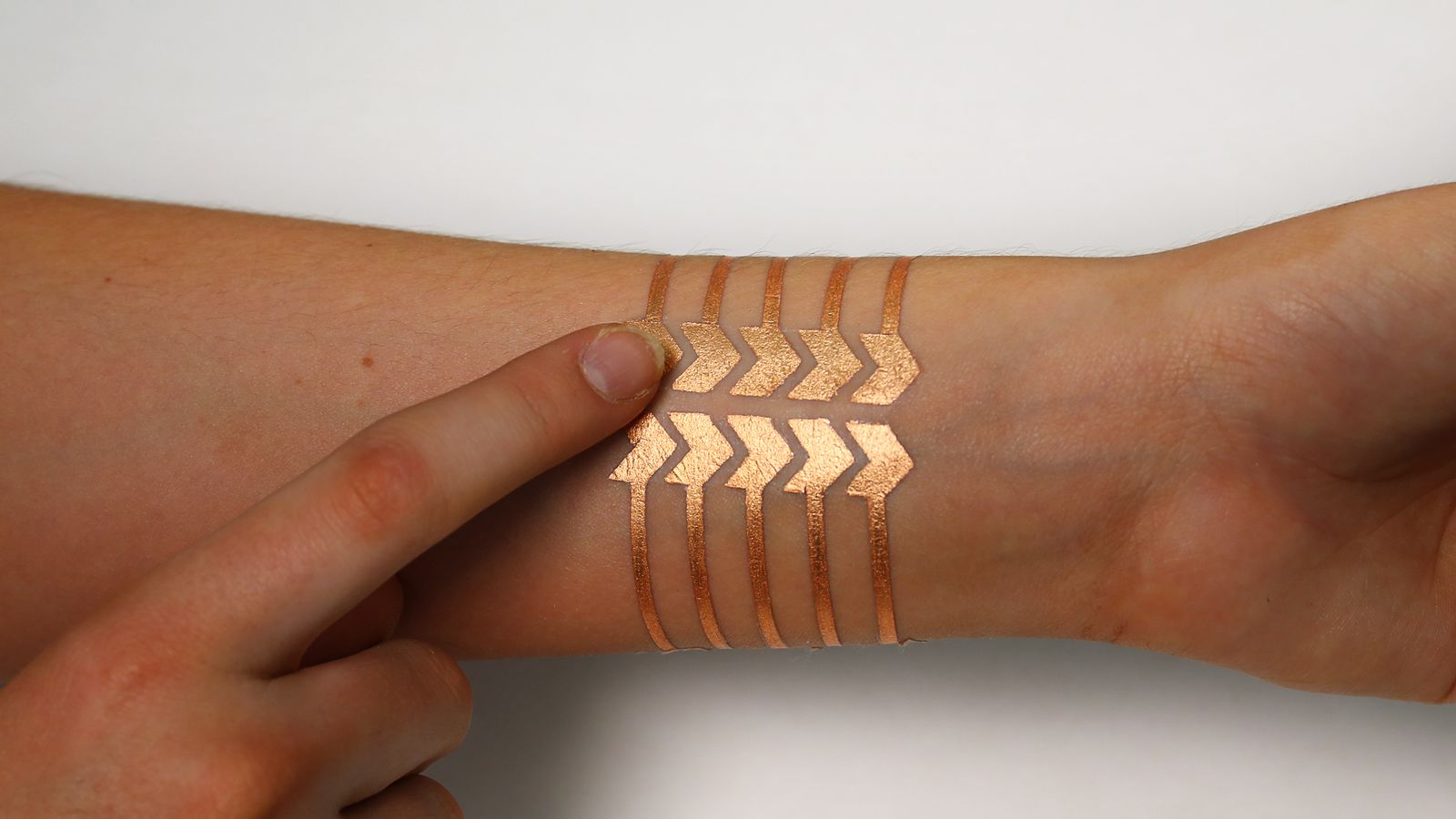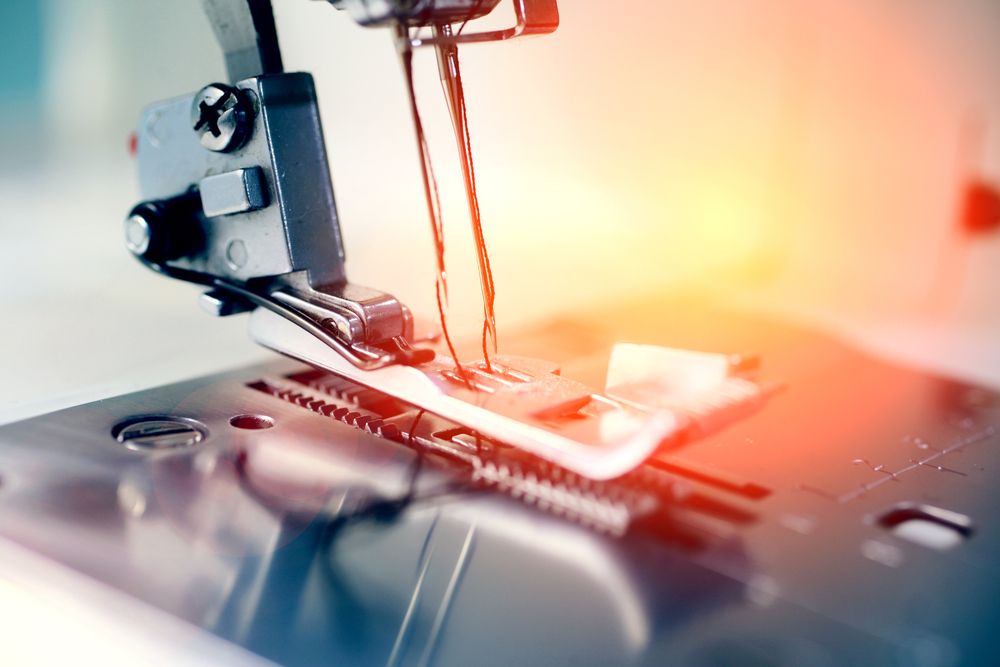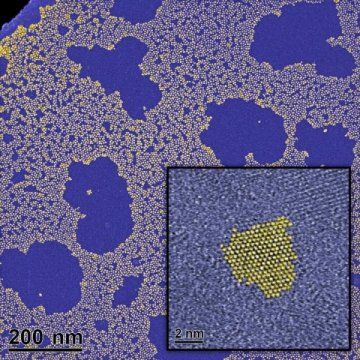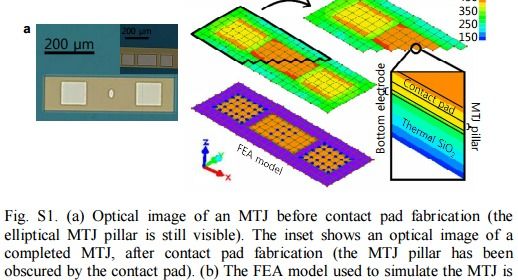Archive for the ‘wearables’ category: Page 63
Aug 19, 2016
‘Interscatter communication’ could help your brain implant talk to your iPhone
Posted by Klaus Baldauf in categories: energy, internet, mobile phones, neuroscience, wearables
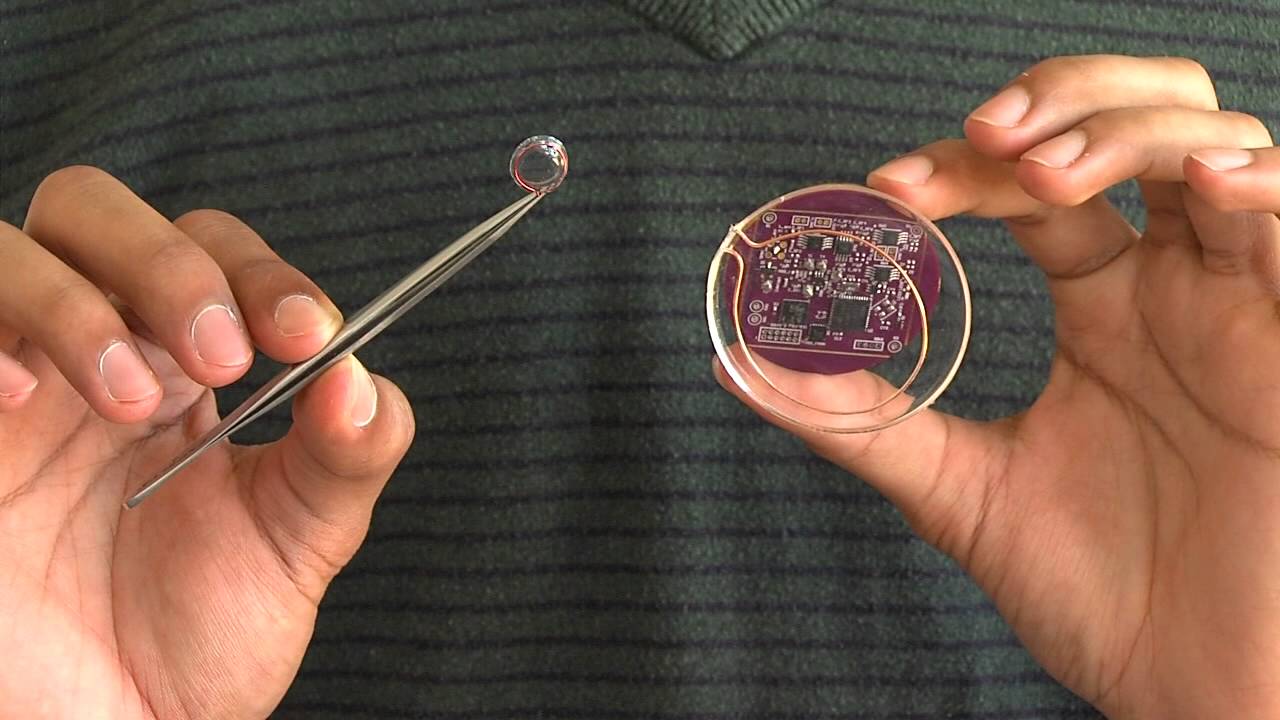
Researchers have created a way of letting next-gen wearables and implants communicate with the outside world using 10,000x less power than regular Wi-Fi.
Aug 17, 2016
MIT and Microsoft Research made a ‘smart’ tattoo that remotely controls your phone
Posted by Elmar Arunov in categories: mobile phones, wearables
A group of PhD students from the MIT Media Lab and researchers from Microsoft Research have come up with the ultimate wearable: a temporary tattoo that can turn into a touchpad, remotely control your smartphone, or share data using NFC.
The technology, which is described on MIT’s website and will be presented in full at a wearables symposium next month, is called DuoSkin. The researchers say you can design a circuit using any graphic software, stamp out the tattoo in gold leaf (which is conductive to electricity), and then apply other commodity materials and components that would make the tattoo interactive.
The paper presents three key use cases for the tattoo: you could use it to turn your skin into a trackpad, design it to change color based on temperature, or pull data from the tattoo. In one photo shared by MIT the tattoo even includes LED lights, creating a kind of glowing display on the skin.
Aug 15, 2016
4 Smart Textiles Revolutionizing the Future of Fabric
Posted by Karen Hurst in categories: biotech/medical, computing, military, wearables
Luv it; especially fabric to do time release meds, or bio release meds; or do communications via a shirt or jacket.
With the invention of technology-laden fabrics, otherwise known as smart textiles, we are able to benefit from multifunctional materials.
Smart textiles, also known as E-textiles, smart garments, tech fabrics, and smart fabrics, are materials based on technology that integrate advanced features beneficial to the wearer. In an interview with Forbes, Rebeccah Pailes-Friedman, smart textiles and wearable technologies expert stated, “what makes smart fabrics revolutionary is that they have the ability to do many things that traditional fabrics cannot, including communicate, transform, conduct energy and even grow.” And as crazy as it might sound, having computers and technology literally integrated into our clothing is not only acceptable but may one day be the norm.
Continue reading “4 Smart Textiles Revolutionizing the Future of Fabric” »
Aug 13, 2016
Korean Scientists Develop Wearable Touchscreen that Functions even When Stretched to 1,000%
Posted by Karen Hurst in categories: computing, mobile phones, wearables
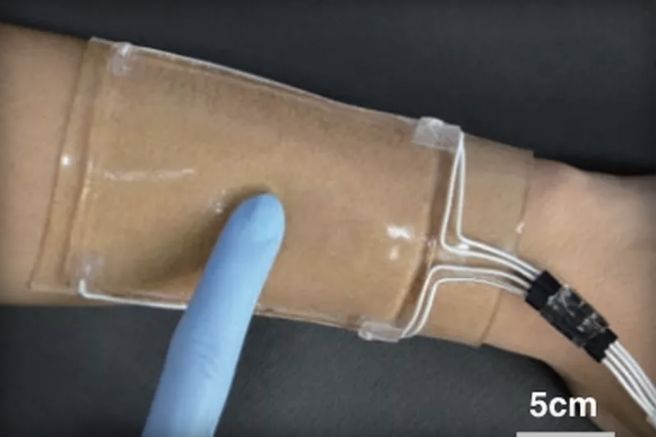
https://youtube.com/watch?v=VzJi64CS_Ok
A group of Korean materials scientists at the National University of Seoul, led by Chong-Chan Kim, had just developed an “ionic”, translucent, jelly-like computer touchpad that can be worn on the wrist and used just like a regular smartphone screen to scroll, click, drag, swipe, play video games and even type words.
Aug 11, 2016
Quantum dots with impermeable shell used as a powerful tool for “nano-engineering”
Posted by Karen Hurst in categories: 3D printing, chemistry, engineering, nanotechnology, quantum physics, wearables
I never get tired of talking about the many uses for Q-dot technology. One area that has me even more intrigued is how it is used in crystallized formations. I expect to see more and more experimenting on crystalized formations on many fronts including complex circuitry for performance and storage.
And, with synthetic technology today plus 3D printing along with Q-dots we could (as I have eluded to many times over several months) truly begin to see some amazing technology be developed on the wearable tech front.
Wearables could include synthetic circuitry stones in various accessories to not only store information, but also serve as another form of unique id because in synthetic stones we have been able (like in nature) create complex crystalized formations that are each unique/ 1 of a kind like a unique finger print, or iris of an eye. I expect to see some very interesting things coming in this space.
Jul 20, 2016
AI on a chip for voice, image recognition
Posted by Klaus Baldauf in categories: computing, health, internet, neuroscience, robotics/AI, wearables
Horizon Robotics, led by Yu Kai, Baidu’s former deep learning head, is developing AI chips and software to mimic how the human brain solves abstract tasks, such as voice and image recognition. The company believes that this will provide more consistent and reliable services than cloud based systems.
The goal is to enable fast and intelligent responses to user commands, with out an internet connection, to control appliances, cars, and other objects. Health applications are a logical next step, although not yet discussed.
Wearable Tech + Digital Health San Francisco – April 5, 2016 @ the Mission Bay Conference Center.
Jul 19, 2016
Robots Replacing Developers? This Startup Uses Artificial Intelligence To Build Smart Software
Posted by Shailesh Prasad in categories: business, robotics/AI, virtual reality, wearables
The role of technology within our personal and professional lives continues evolving at an exceptionally fast pace. From utility-based mobile apps and wearable devices, to the emergence of augmented and virtual reality, the digital revolution is expanding to cover every aspect of the human experience.
In an era of entrepreneurship, founders rely heavily on advancements in technology to develop cutting edge products, platforms and experiences that meet the growing demands of a global consumer base. As content remains essential to building a brand or launching a business, it’s also critical that companies have the capability to swiftly adapt in changing markets. Being able to successfully scale a business, amidst the inevitable pivots and unexpected turns, requires having access to the tools and solution-based software needed to create, modify and fix things on-demand.
For companies dependent on manpower to manage these responsibilities, efficiency becomes contingent upon talent and training, guided by sharp instincts and relentlessly working around the clock to assure tasks are not only completed effectively, but to further offset the likelihood of human error. For software developers, who have an extremely detailed and meticulous role, being such an invaluable piece to the puzzle can prove to be very risky, time-consuming and equally as expensive; especially as testing, predicting and automating becomes increasingly paramount. As companies aim to cut costs without sacrificing quality, while understanding the core function of technology is to provide streamline solutions to complex problems, what arises is the notorious battle of man versus machine, and also where a company like Dev9 steps in.
Jul 19, 2016
Researchers develop plastic flexible magnetic memory device
Posted by Klaus Baldauf in categories: computing, engineering, health, military, robotics/AI, wearables
It looks like a small piece of transparent film with tiny engravings on it, and is flexible enough to be bent into a tube. Yet, this piece of “smart” plastic demonstrates excellent performance in terms of data storage and processing capabilities. This novel invention, developed by researchers from the National University of Singapore (NUS), hails a breakthrough in the flexible electronics revolution, and brings researchers a step closer towards making flexible, wearable electronics a reality in the near future.
The technological advancement is achieved in collaboration with researchers from Yonsei University, Ghent University and Singapore’s Institute of Materials Research and Engineering. The research team has successfully embedded a powerful magnetic memory chip on a flexible plastic material, and this malleable memory chip will be a critical component for the design and development of flexible and lightweight devices. Such devices have great potential in applications such as automotive, healthcare electronics, industrial motor control and robotics, industrial power and energy management, as well as military and avionics systems.
Continue reading “Researchers develop plastic flexible magnetic memory device” »
Jul 18, 2016
Fashion Technology 2016
Posted by Karen Hurst in categories: augmented reality, wearables

Maybe time to create “Fashion’s Tech Golden Rules”.
Mistakes You Cannot Make.

